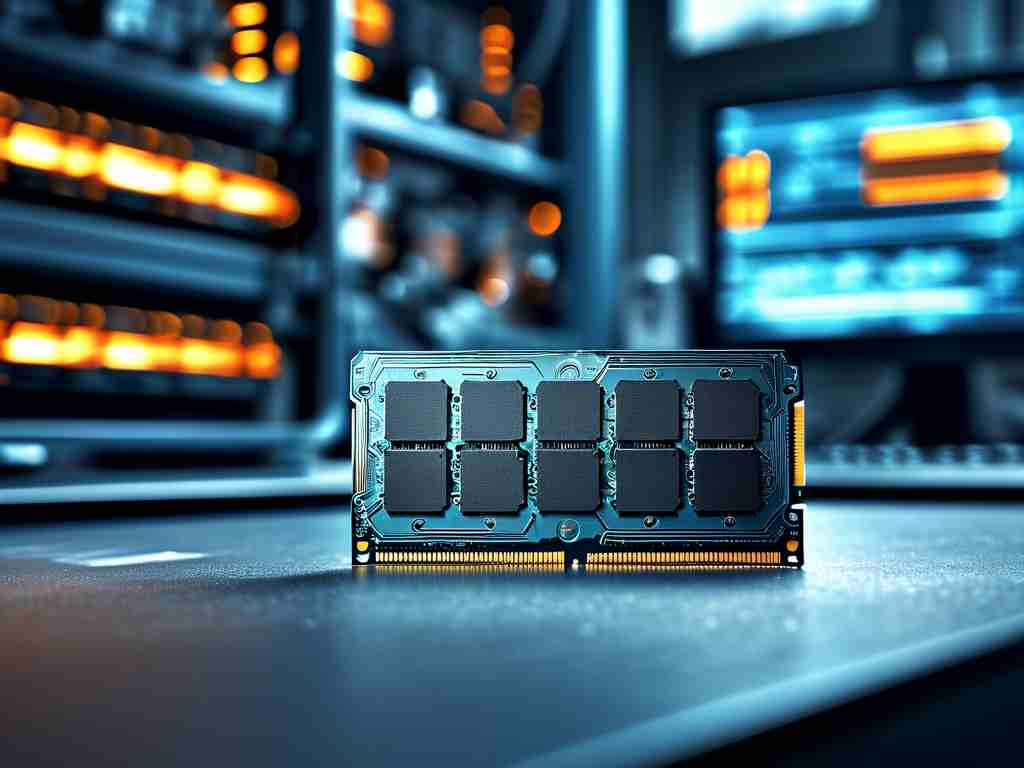As computing demands escalate across industries, understanding DDR6 memory frequency calculations has become critical for hardware engineers and system designers. This next-generation memory technology pushes data transfer rates to unprecedented levels, but its performance characteristics require careful analysis to optimize real-world applications.

The Fundamentals of DDR6 Frequency
DDR6 memory modules operate on a dual data rate (DDR) architecture, transferring data on both rising and falling clock edges. The base clock frequency forms the foundation for calculating effective transfer speeds. For example, a DDR6 module with a 3,200 MHz base clock achieves an effective data rate of 12,800 MT/s through quad-pumping technology – a fourfold increase over traditional DDR4 implementations. This calculation follows the formula:
# Sample frequency calculation
base_clock = 3200 # MHz
effective_rate = base_clock * 4 # Quad-pumping
print(f"DDR6 Effective Transfer Rate: {effective_rate} MT/s")
Architectural Enhancements
Unlike its predecessors, DDR6 implements bank group partitioning and staggered refresh cycles to maintain stability at higher frequencies. The memory's command/address bus now operates at twice the core frequency through innovative clock division techniques. These design choices enable DDR6 to achieve 1.6x higher bandwidth density compared to DDR5 while maintaining backward compatibility through updated memory controllers.
Performance Implications
- Latency Compensation: While raw frequencies increase, DDR6 introduces adaptive timing calibration that automatically adjusts CAS latency based on thermal conditions and workload patterns.
- Power Efficiency: Despite higher clock speeds, the 0.85V operating voltage and dynamic frequency scaling reduce power consumption by 22% compared to previous generations.
- Error Correction: Advanced on-die ECC mechanisms become crucial at elevated frequencies, adding less than 3ns overhead through parallel parity checking circuits.
Real-World Application Scenarios
In AI training clusters, DDR6's 21 GB/s per DIMM bandwidth accelerates matrix operations by enabling simultaneous weight updates across multiple GPUs. Gaming systems benefit from the technology's ability to maintain 5,000 MHz frequencies without thermal throttling during extended 4K rendering sessions. Enterprise storage arrays leverage these advancements to achieve 8μs access times for high-frequency trading databases.
Future Development Trends
Industry prototypes have demonstrated experimental DDR6 modules reaching 16,000 MT/s using 3D stacked architectures and silicon photonics interconnects. JEDEC specifications suggest future variants may incorporate voltage-regulated frequency boosting that automatically adjusts clock speeds based on workload criticality.
As DDR6 adoption accelerates, engineers must reevaluate traditional memory benchmarking methodologies. The relationship between frequency and actual throughput now depends on multiple interdependent factors including temperature gradients, signal integrity preservation techniques, and controller arbitration algorithms. Proper implementation requires not just understanding the raw numbers, but also the complex interactions between electrical characteristics and software memory management routines.
This technological leap positions DDR6 as more than just an incremental upgrade – it represents a fundamental shift in how systems utilize high-speed memory. From edge computing devices to hyperscale data centers, mastering these frequency calculations will separate adequate implementations from truly optimized hardware ecosystems.

